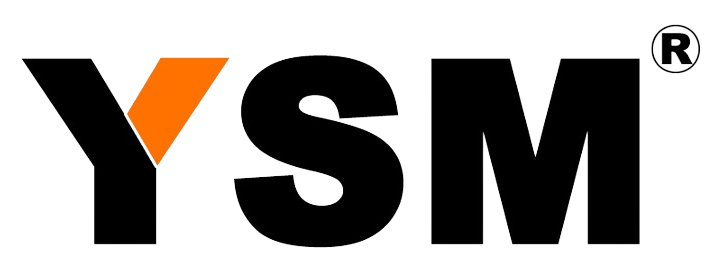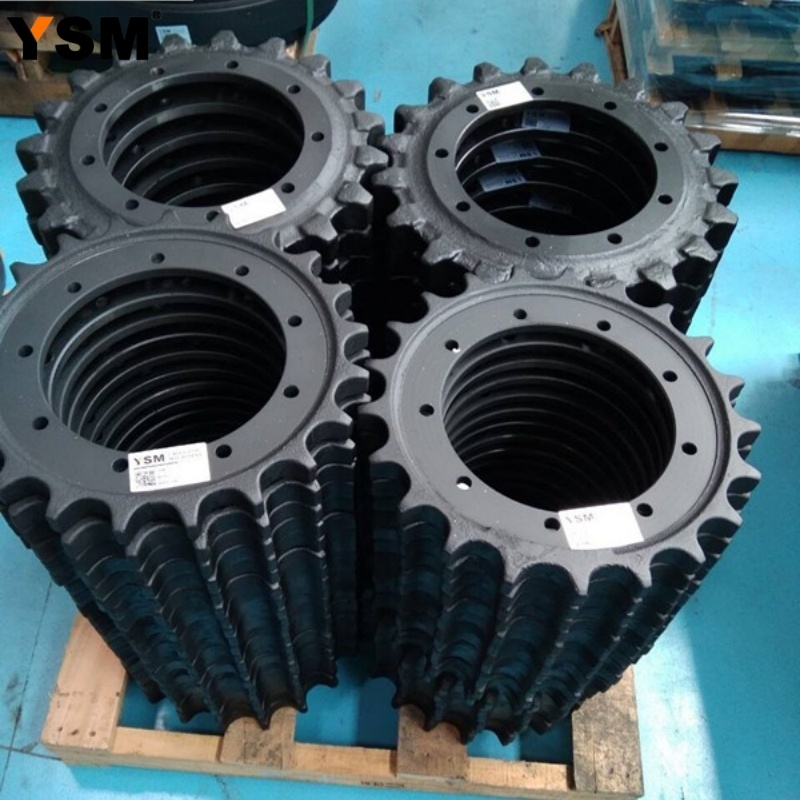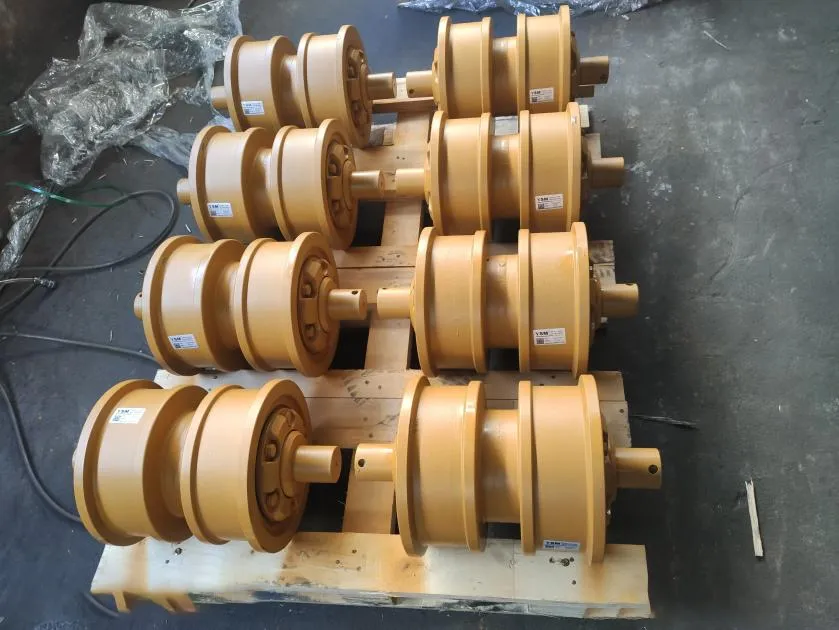The Best Practices for Operating the U50 Excavator Bucket Safely
The Best Practices for Operating the U50 Excavator Bucket Safely Operating an excavator, particularly the U50 model, requires a keen understanding of safety measures and best practices. With its compact size and impressive capabilities, the U50 excavator is a popular choice in many construction and engineering applications. However, safety must always be the priority when handling this powerful ma
Sep 27,2025

The Best Practices for Operating the U50 Excavator Bucket Safely
Operating an excavator, particularly the U50 model, requires a keen understanding of safety measures and best practices. With its compact size and impressive capabilities, the U50 excavator is a popular choice in many construction and engineering applications. However, safety must always be the priority when handling this powerful machine. In this article, we will explore the **best practices for operating the U50 excavator bucket safely**, ensuring that both operators and job sites remain secure.
Table of Contents
1. Introduction to the U50 Excavator
2. Pre-Operation Safety Checks
3. Understanding the Excavator Bucket
4. Proper Operation Techniques
4.1. Starting the U50 Excavator
4.2. Maneuvering and Positioning
4.3. Digging Techniques
4.4. Lifting and Moving Loads
5. Importance of Communication on the Job Site
6. Emergency Procedures and Safety Protocols
7. Regular Maintenance for Safety
8. Conclusion
9. Frequently Asked Questions (FAQs)
1. Introduction to the U50 Excavator
The U50 excavator is renowned for its versatility and efficiency in various construction and engineering tasks. Designed to fit into tight spaces while delivering powerful performance, it is crucial to operate this machine with a strong emphasis on safety. Understanding its features, capabilities, and the best practices for use will ensure that operators maximize its potential while minimizing risks.
2. Pre-Operation Safety Checks
Before operating the U50 excavator, conducting a thorough pre-operation safety check is vital. This checklist should include:
- Inspecting Fluids: Check hydraulic fluid, oil, and coolant levels to prevent overheating and ensure optimal functionality.
- Examining the Bucket: Inspect the bucket for cracks or wear to ensure it is in good working condition.
- Testing Controls: Ensure that all controls, including levers and pedals, operate smoothly.
- Checking Safety Features: Confirm that all safety devices, such as emergency shut-off switches and alarms, are functional.
- Assessing Surroundings: Evaluate the worksite for potential hazards, including overhead power lines and unstable ground.
These checks help to identify any potential issues before they can cause accidents, thereby promoting a safer work environment.
3. Understanding the Excavator Bucket
The bucket is one of the most critical components of the U50 excavator. Understanding its various functions and load capacities is essential for safe operation. Operators should familiarize themselves with:
- Bucket Sizes: Different sizes are available for various tasks, and using the appropriate size for the job is crucial.
- Attachment Mechanisms: Know how to securely attach and detach the bucket from the excavator.
- Load Distribution: Understand how to distribute the load evenly to prevent tipping or loss of control.
A thorough comprehension of the bucket's specifications and capabilities enables operators to work efficiently and safely.
4. Proper Operation Techniques
Operating the U50 excavator requires a combination of skill, awareness, and adherence to best practices. Below, we detail key techniques for safe operation.
4.1. Starting the U50 Excavator
When starting the U50 excavator, operators should:
- Ensure the area is clear of personnel and obstacles.
- Engage the seatbelt and adjust the seat for comfort and control.
- Follow the manufacturer’s guidelines for starting procedures.
A calm and methodical approach during startup sets the tone for a safe operation.
4.2. Maneuvering and Positioning
When maneuvering the U50 excavator, operators must:
- Use smooth and controlled movements to avoid sudden jolts.
- Be aware of the machine's swing radius, especially in tight spaces.
- Utilize mirrors and cameras, if available, to maintain awareness of the surroundings.
Proper maneuvering reduces the risk of accidents and increases efficiency.
4.3. Digging Techniques
When using the bucket for digging, consider the following practices:
- Approach the dig site at a correct angle to maximize efficiency.
- Use the bucket's teeth to break soil before lifting it.
- Maintain a stable position by lowering the undercarriage and keeping the machine balanced.
Employing these techniques enhances productivity while maintaining safety.
4.4. Lifting and Moving Loads
When lifting and moving loads with the U50 excavator, operators should:
- Always know the weight limits of the bucket and the U50 excavator itself.
- Keep loads as low to the ground as possible to maintain stability.
- Make sure the load is secure before moving it.
Proper lifting and moving techniques are essential to prevent accidents and ensure safe operation.
5. Importance of Communication on the Job Site
Effective communication is crucial on any construction site. Operators should establish clear hand signals and maintain constant communication with ground personnel. Regularly checking in with team members can prevent accidents and ensure everyone is aware of the machine's movements. Using two-way radios can also facilitate communication in noisy environments.
6. Emergency Procedures and Safety Protocols
Operators must be prepared for emergencies. Develop a comprehensive plan that includes:
- Emergency Shut-off: Know the location and operation of the emergency shut-off switch.
- First Aid: Be familiar with first aid procedures in case of injuries.
- Evacuation Routes: Identify and communicate safe evacuation routes in case of an emergency.
Training in these areas helps ensure that operators and team members can respond effectively to emergencies.
7. Regular Maintenance for Safety
Regular maintenance is essential for keeping the U50 excavator in optimal working condition. Operators should:
- Perform daily inspections and maintenance as outlined in the operator's manual.
- Schedule periodic professional maintenance to address wear and tear.
- Keep a maintenance log to track any repairs or issues.
By prioritizing maintenance, operators can reduce the risk of accidents caused by mechanical failures.
8. Conclusion
Operating the U50 excavator bucket safely involves a combination of thorough preparation, effective communication, and ongoing maintenance. By adhering to these best practices, operators can ensure a safer work environment, reduce the risk of accidents, and maximize productivity. Always remember that safety is not just a priority; it is a fundamental responsibility that every operator must undertake.
9. Frequently Asked Questions (FAQs)
1. What are the key safety features of the U50 excavator?
The U50 excavator is equipped with various safety features, including emergency shut-off switches, alarms, and safety interlocks that prevent unintended movement.
2. How often should I perform maintenance on the U50 excavator?
Regular maintenance should be performed daily, with comprehensive checks scheduled based on the manufacturer's recommendations.
3. What is the maximum load capacity of the U50 excavator bucket?
The maximum load capacity varies by bucket size and configuration; operators should refer to the manufacturer's guidelines for specific limits.
4. Can I operate the U50 excavator in rainy conditions?
While operating in rain is possible, it is crucial to exercise caution, as wet conditions can affect traction and visibility.
5. What should I do if I encounter an emergency while operating the U50 excavator?
Follow your emergency procedures, activate the emergency shut-off, and assess the situation while communicating with your team for assistance.
By understanding and implementing these best practices, operators can confidently navigate the complexities of operating the U50 excavator bucket, all while prioritizing safety on the job site.
Related Posts
How Should The Supporting Wheels Be Selected To Avoid Stepping On Thunder?
High-quality support wheels mainly depend on the performance of its steel. The material of the roller body is generally 50Mn, 40Mn2, (MN: synonymous with the element of manganese).
Carrier Wheels Are Suitable For Various Models At Home And Abroad
Sprocket wheels are mainly used in various crawler bulldozers, excavators, pavers, milling machines, rotary drilling rigs or other crawler machinery equipment at home and abroad.
Contact Us
E-mail :
sales@china-ysm.com
Phone/WhatsApp:
+86-18606961587
Address:
No.8 Binjiang Street, Binjiang Industrial Zone, Xiamei Town, Nan An City, Quanzhou City, Fujian Province, China







